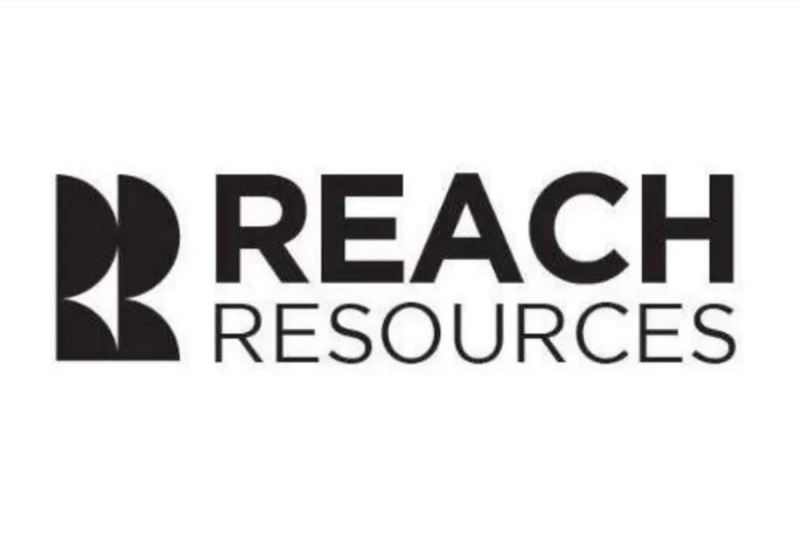Rights Issue and Shortfall: A Detailed Insight
Understanding rights issues and shortfalls is vital for investors to navigate the financial markets effectively. In this article, we delve into the intricacies of rights issue and shortfall and discuss their implications on companies and shareholders.
Rights issue refers to a method used by companies to raise additional capital by offering existing shareholders the right to purchase new shares at a discounted price. This allows companies to generate funds without incurring debt or diluting their ownership. Shareholders can exercise their rights by either purchasing the additional shares or selling their rights in the open market.
One of the key advantages of rights issues is that it provides existing shareholders the opportunity to maintain their existing ownership percentage in the company. Additionally, by offering the shares at a discounted price, companies can attract more investors to participate in the issue. This can help in strengthening the company’s financial position and supporting its growth initiatives.
However, one of the challenges associated with rights issues is the possibility of a shortfall. A shortfall occurs when not all shareholders exercise their rights to purchase additional shares. In such cases, the company may be left with unsold shares, leading to an under-subscription of the rights issue. This can pose a financial challenge for the company as it may not be able to raise the intended amount of capital.
To address the issue of a shortfall, companies may opt for various strategies such as issuing additional shares to underwriters or entering into standby underwriting agreements. Underwriters play a crucial role in ensuring the success of the rights issue by agreeing to purchase any unsold shares in the event of a shortfall. This provides a safety net for companies and gives them the confidence to proceed with the rights issue.
Furthermore, shareholders may also have the option to renounce their rights to purchase additional shares in favor of other investors. This renunciation process allows shareholders to monetize their rights by selling them in the open market. By doing so, shareholders can choose to either participate in the rights issue or capitalize on the market demand for the rights.
In conclusion, rights issues and shortfalls are important financial concepts that play a significant role in capital markets. Companies utilize rights issues as a means to raise capital, while shareholders have the opportunity to maintain their ownership stake in the company. Understanding the implications of rights issue shortfalls is essential for investors to make informed decisions and navigate the complexities of the financial markets effectively.

